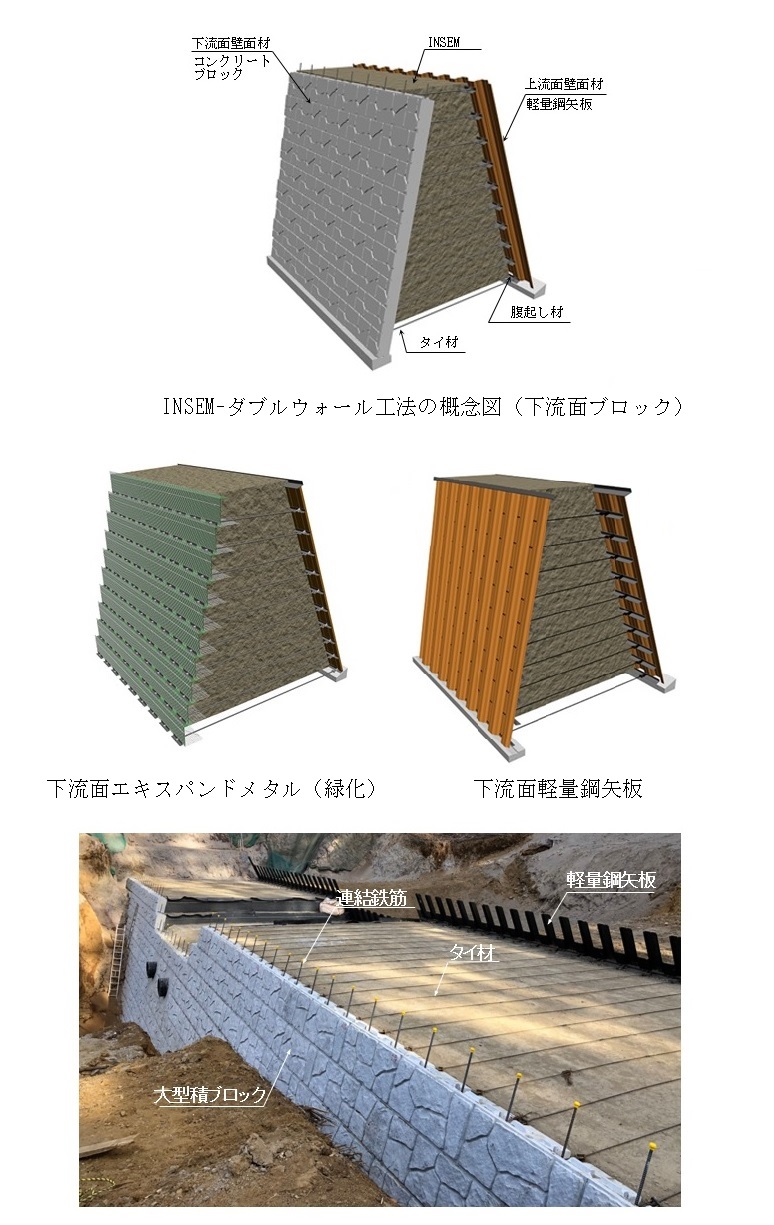2023-08-30 ペンシルベニア州立大学(PennState)
◆プラスチックの汚染が世界的に増加しているため、この研究結果は、世界中の川や河口で同様の影響が起こる可能性があることを示唆しています。研究チームは今後、プラスチックの追加によって引き起こされる影響の最小限の量や、システムへのプラスチックの増加に伴う堆積物の移動を詳細に調査し、水と堆積物の両方を含むより良い情報を得ることを計画しています。
<関連情報>
- https://www.psu.edu/news/research/story/microplastics-may-increase-riverbed-sediment-movement-erosion/
- https://www.nature.com/articles/s43247-023-00820-7
河川敷のプラスチック汚染は自然の砂輸送プロセスに根本的な影響を与える Plastic pollution in riverbeds fundamentally affects natural sand transport processes
Catherine E. Russell,Roberto Fernández,Daniel R. Parsons & Sarah E. Gabbott
Communications Earth & Environment Published:14 July 2023
DOI:https://doi.org/10.1038/s43247-023-00820-7

Abstract
Over the past 50 years, rivers have become increasingly important vectors for plastic pollution. Lowland riverbeds exhibit coherent morphological features including ripple and dune bedforms, which transport sediment downstream via well-understood processes, yet the impact of plastic on sediment transport mechanics is largely unknown. Here we use flume tank experiments to show that when plastic particles are introduced to sandy riverbeds, even at relatively low concentrations, novel bedform morphologies and altered processes emerge, including irregular bedform stoss erosion and dune “washout”, causing topographic bedform amplitudes to decline. We detail (i) new mechanisms of plastic incorporation and transport in riverbed dunes, and (ii) how sedimentary processes are fundamentally influenced. Our laboratory flume tank experiments suggest that plastic is not a passive component of river systems but directly affects bed topography and locally increases the proportion of sand suspended in the water column, which at larger scales, has the potential to impact river ecosystems and wider landscapes. The resulting plastic distribution in the sediment is heterogeneous, highlighting the challenge of representatively sampling plastic concentrations in river sediments. Our insights are part of an ongoing suite of efforts contributing to the establishment of a new branch of process sedimentology: plastic – riverbed sand interactions.



